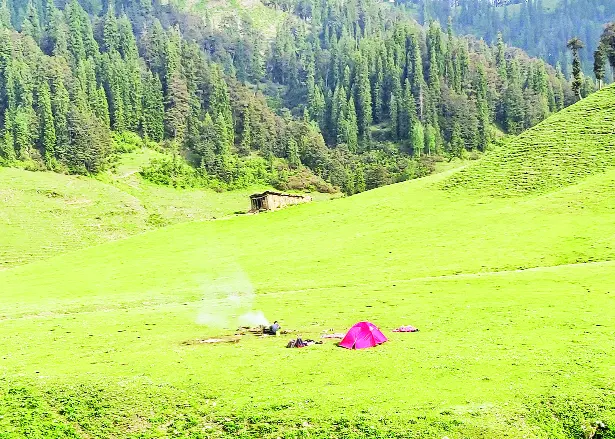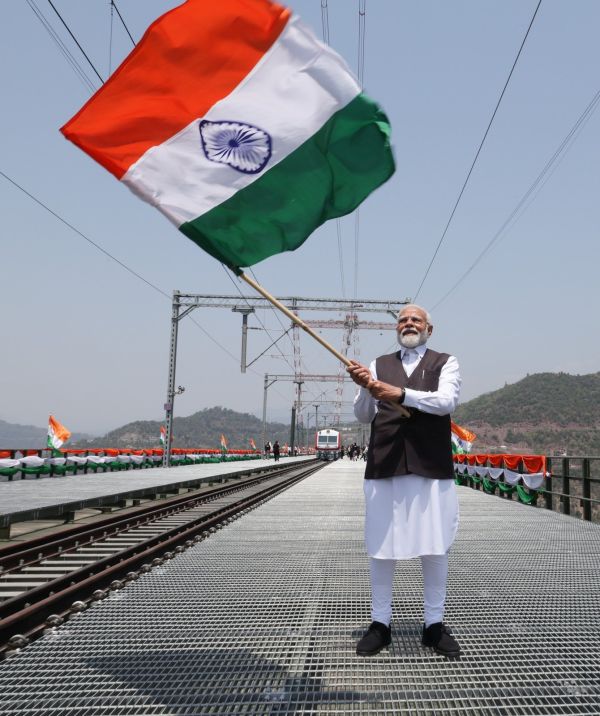By: Mohd Amin Mir
In the heart of Kashmir, where the verdant paddy fields stretch across the landscape, the kouls—traditional irrigation channels—have long been the lifeblood of agriculture. These canals, meticulously maintained by generations of farmers, ensured that the fields received the necessary water for cultivation. However, over the years, these once-thriving water bodies have faced neglect, encroachment, and pollution, leading to a crisis that threatens the very foundation of Kashmir’s agrarian society.
Historically, the kouls were not mere irrigation channels; they were symbols of community effort and sustainable water management. Farmers, like my late father, would dedicate time to clean and maintain these canals, ensuring a steady flow of water to the fields. This communal responsibility fostered a deep connection between the people and their land, emphasizing the importance of preserving natural resources.
The decline of the kouls began subtly. Encroachments started as small, seemingly harmless constructions along the banks. Over time, these encroachments grew, narrowing the channels and obstructing the water flow. In some areas, the kouls were reduced to mere drains, carrying household waste and pollutants instead of nourishing water.
A poignant example is the Goachwal Khul canal Menzemyeen Doru in Anantnag district. Once a vital source of irrigation for several villages, it has suffered from severe neglect. Encroachments have narrowed its width, and siltation has reduced its capacity. Despite repeated appeals from farmers, the concerned authorities have failed to take effective action, leaving the canal in a state of disrepair.
The responsibility of safeguarding these water bodies lies with the Irrigation and Flood Control Department and the Revenue Department. While there have been instances where notices were issued to encroachers, such as the seven-day ultimatum given to residents in Anantnag to remove illegal encroachments , these measures have often been insufficient and poorly enforced.
Moreover, the lack of coordination between departments and the absence of a dedicated force to monitor and protect water bodies exacerbate the problem. Engineers and field staff, already burdened with other responsibilities, find it challenging to address encroachments effectively.
The repercussions of this neglect are dire for the farming community. Farmers are forced to rely on alternative, often expensive, methods to irrigate their fields. In some areas, like in Anantnag Kralmad village, irrigation canals have been blocked due to encroachments, compelling farmers to use water pumps at a significant cost .
The shortage of irrigation water during critical growth stages of crops, especially paddy, jeopardizes yields and livelihoods. In Lelhara village, Pulwama, farmers have faced water shortages for consecutive years, with no effective intervention from authorities.
The degradation of the kouls also leads to environmental consequences. The transformation of agricultural land into orchards, driven by economic incentives and water scarcity, has reduced the area under paddy cultivation. This shift not only affects food security but also disrupts the ecological balance, as paddy fields play a crucial role in groundwater recharge and maintaining biodiversity.
To address this crisis, a multifaceted approach is required:
- Strengthening Enforcement: Authorities must ensure that encroachments are promptly identified and removed. This requires not only issuing notices but also taking legal action against violators.
- Community Engagement: Reviving the communal spirit of maintaining the kouls can lead to more sustainable solutions. Farmers and local communities should be involved in the monitoring and upkeep of these water bodies.
- Dedicated Monitoring Bodies: Establishing a dedicated River Protection Force, as suggested by experts, can provide the necessary manpower and resources to protect water bodies effectively.
- Public Awareness Campaigns: Educating the public about the importance of preserving water bodies and the consequences of encroachment can foster a sense of responsibility and collective action.
- Sustainable Agricultural Practices: Encouraging practices that conserve water and maintain soil health can reduce the pressure on irrigation systems and enhance agricultural productivity.
The kouls are more than just irrigation channels; they are a testament to Kashmir’s rich agricultural heritage and the symbiotic relationship between the people and their environment. If we fail to act now, we risk losing not only these vital water bodies but also the very essence of our agrarian identity. It is imperative that we come together—farmers, authorities, and the community—to restore and protect the kouls for future generations.






